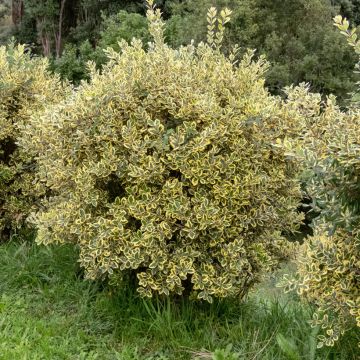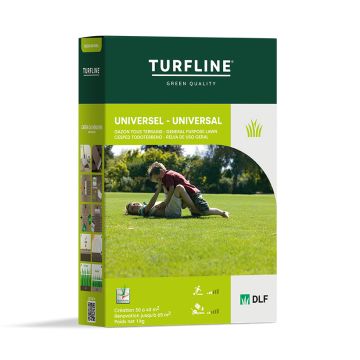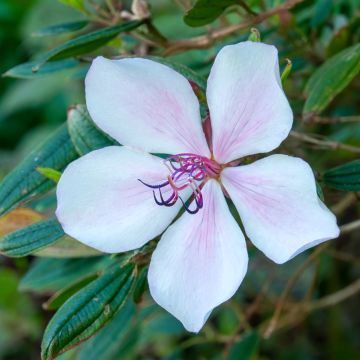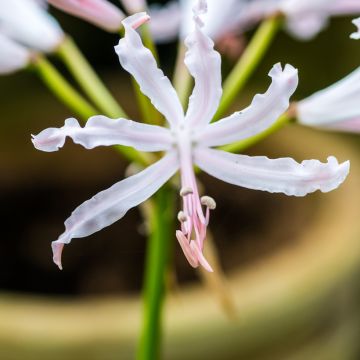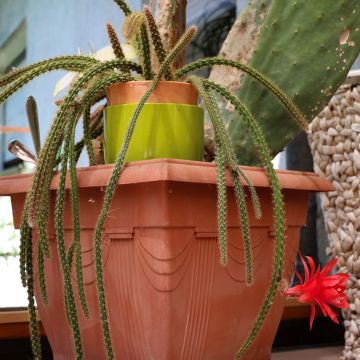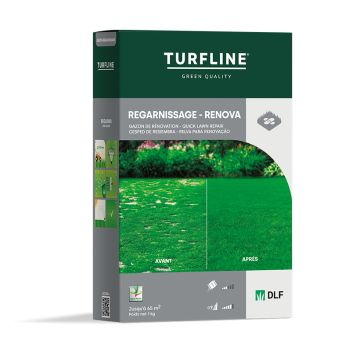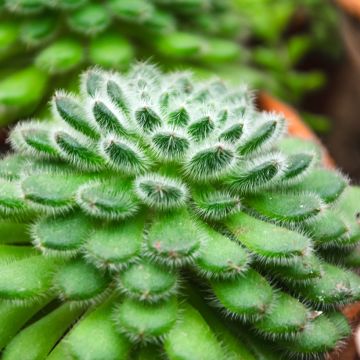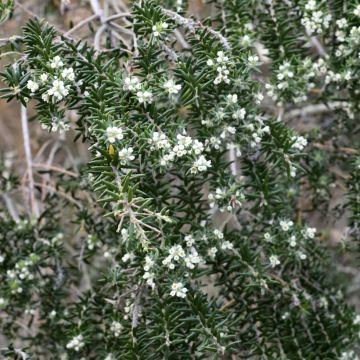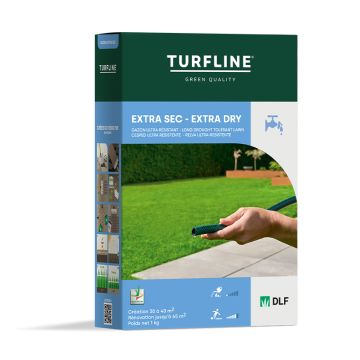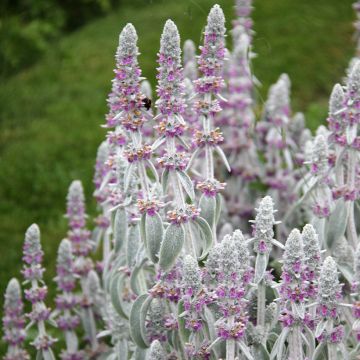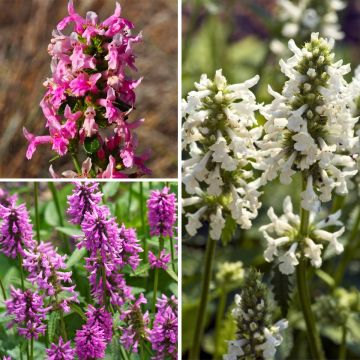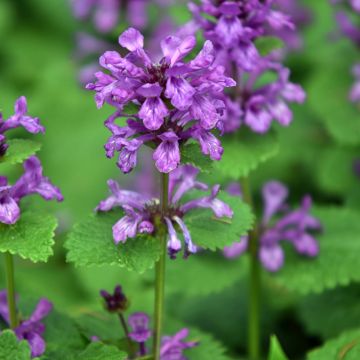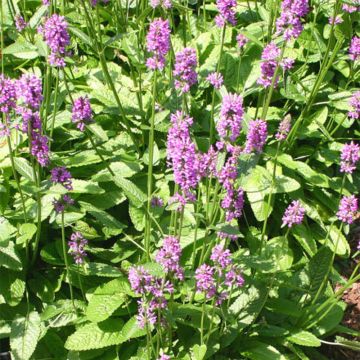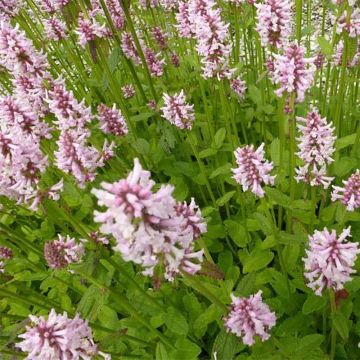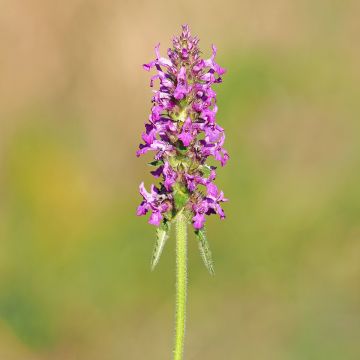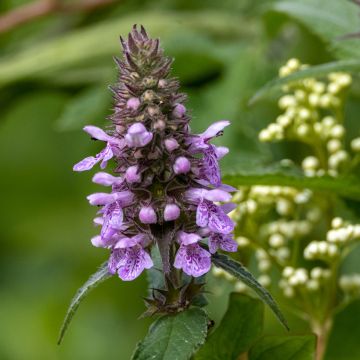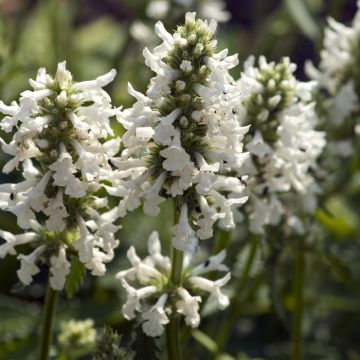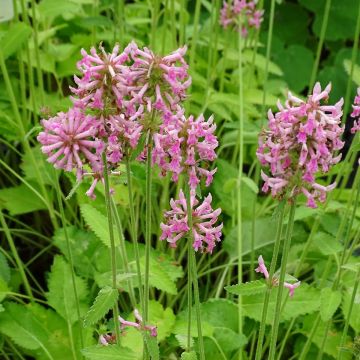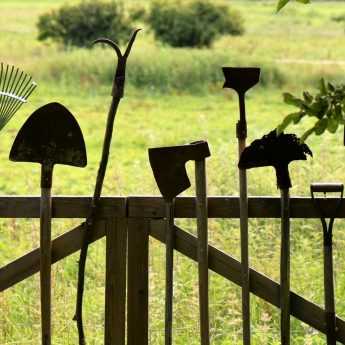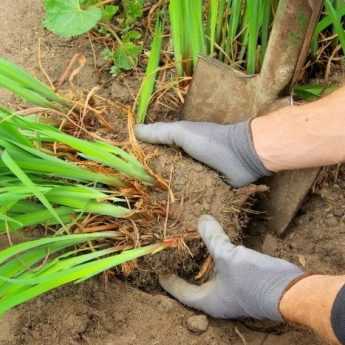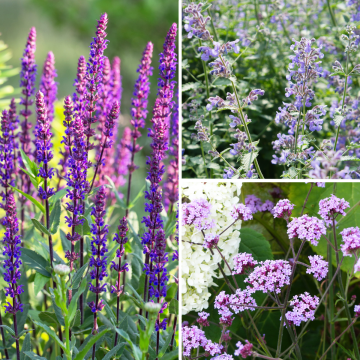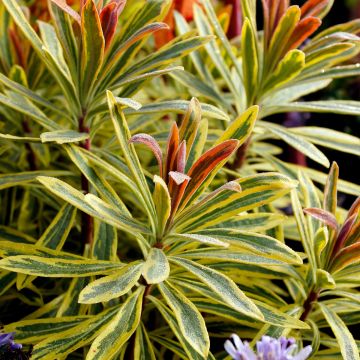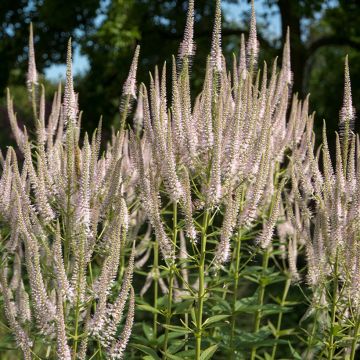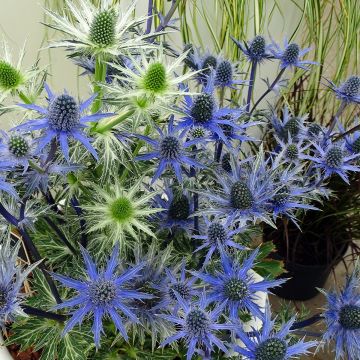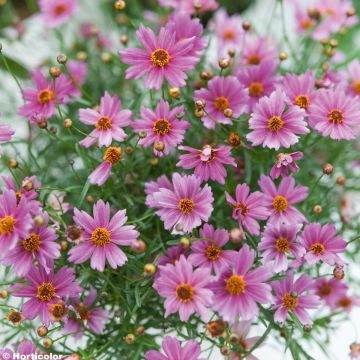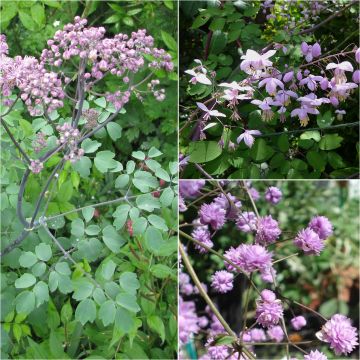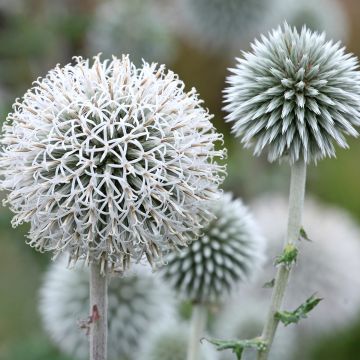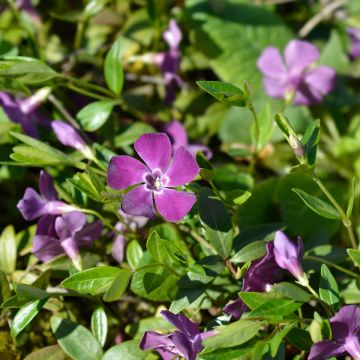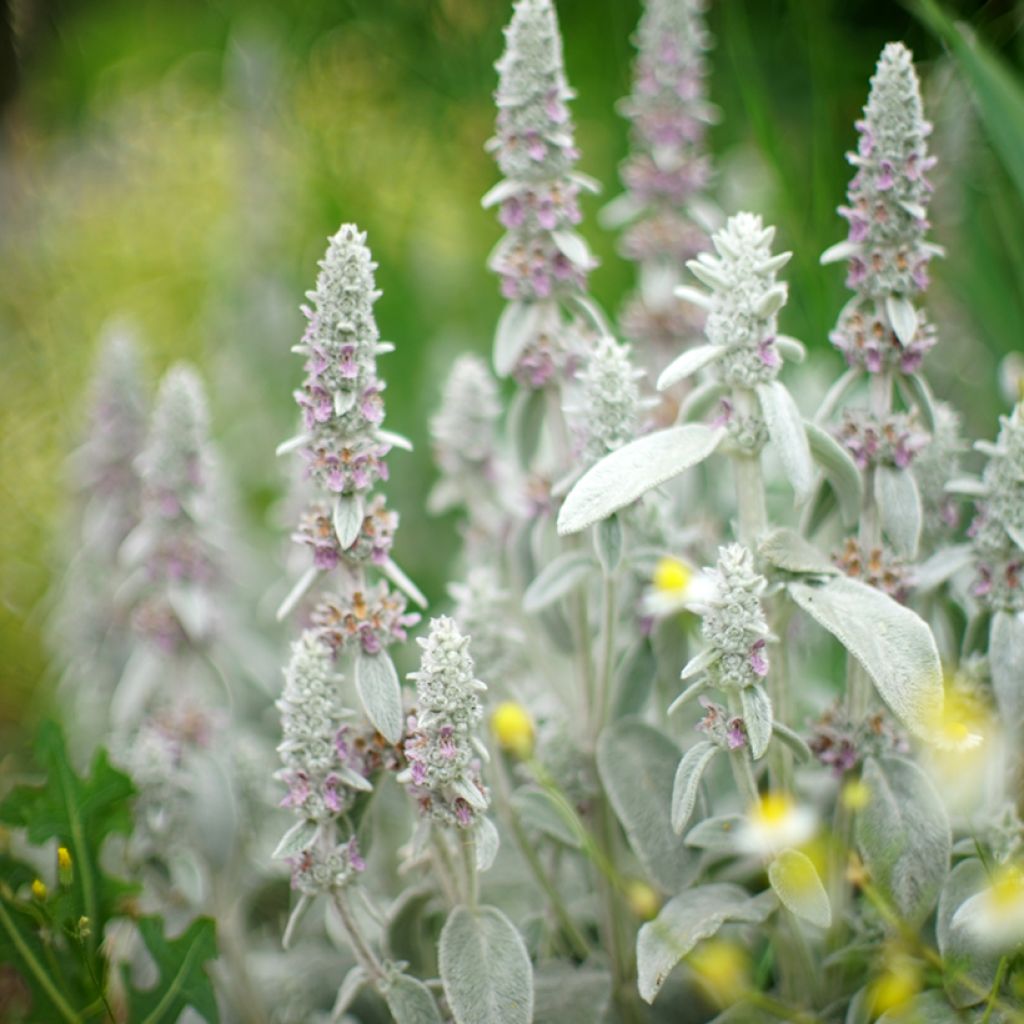

Stachys byzantina Silver Carpet - Oreille d'ours
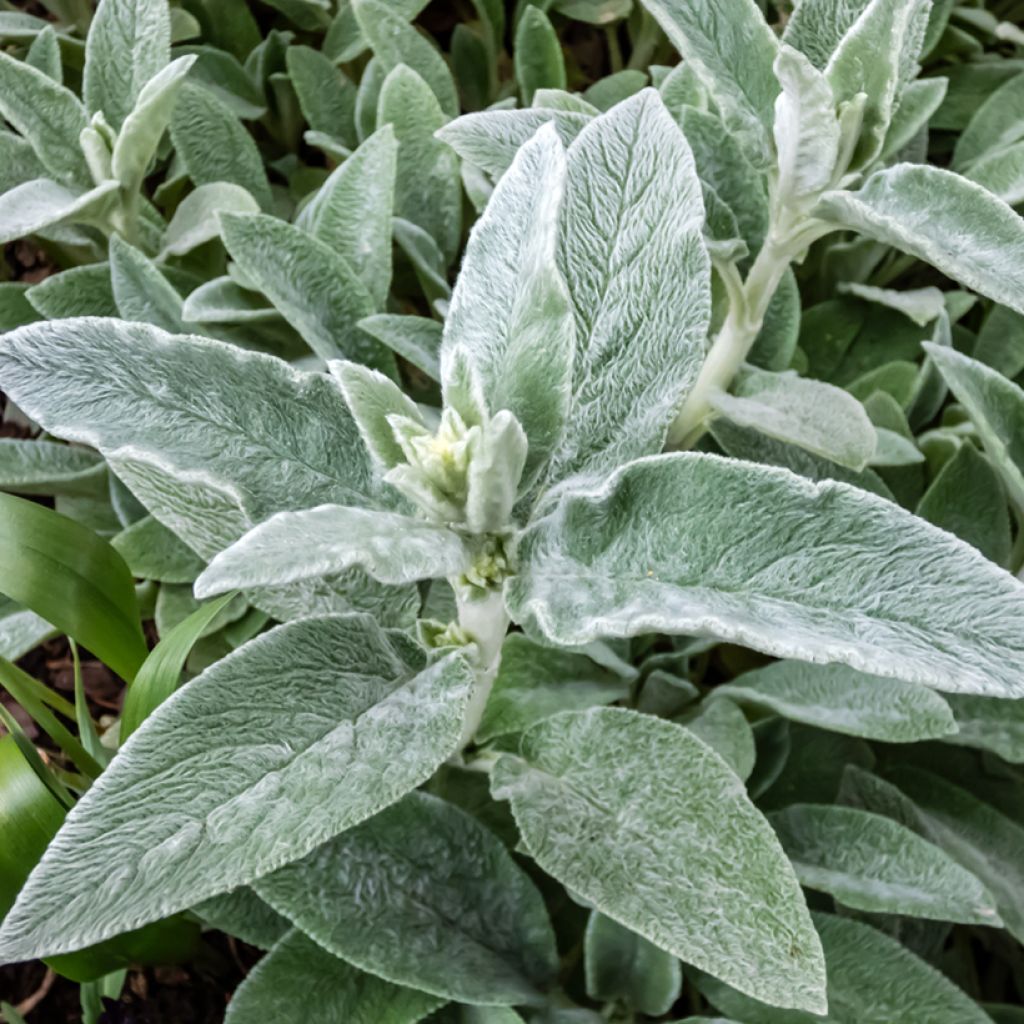

Stachys byzantina Silver Carpet - Oreille d'ours
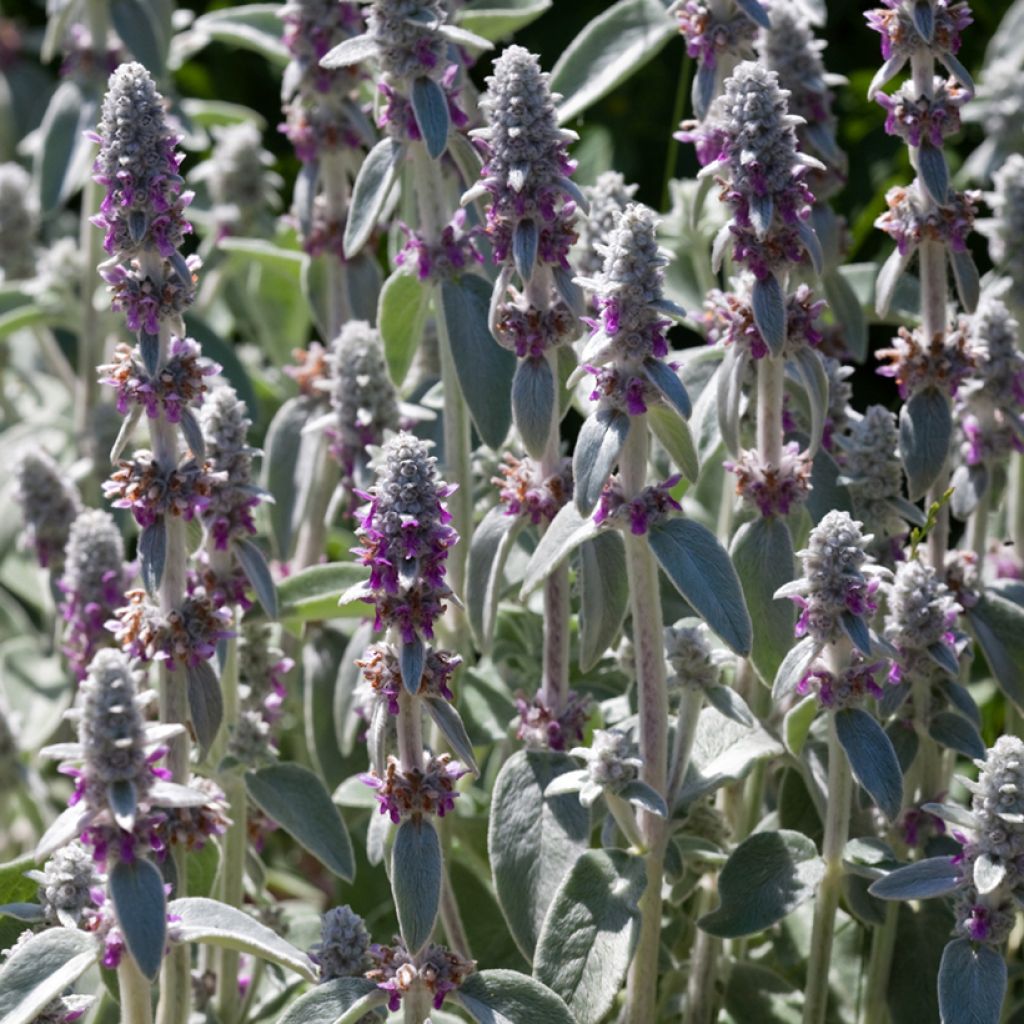

Stachys byzantina Silver Carpet - Oreille d'ours
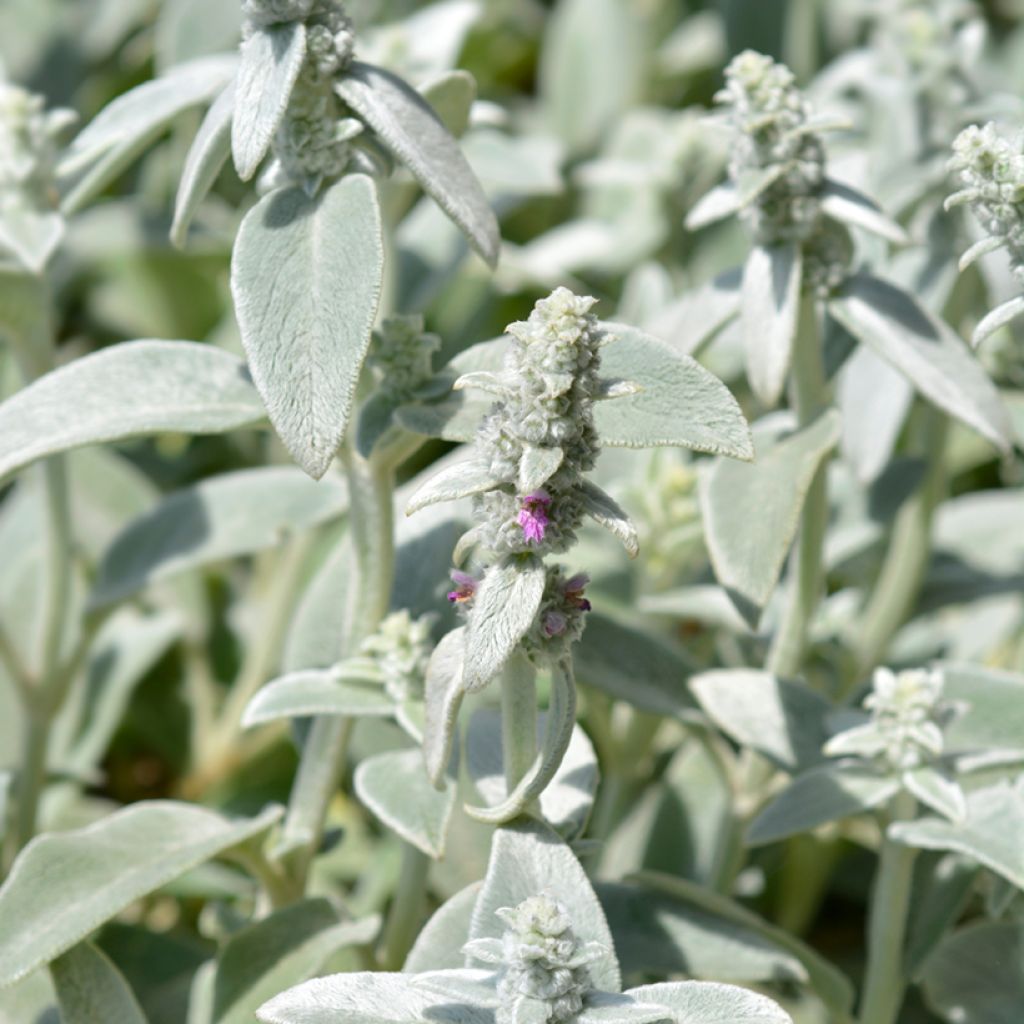

Stachys byzantina Silver Carpet - Oreille d'ours
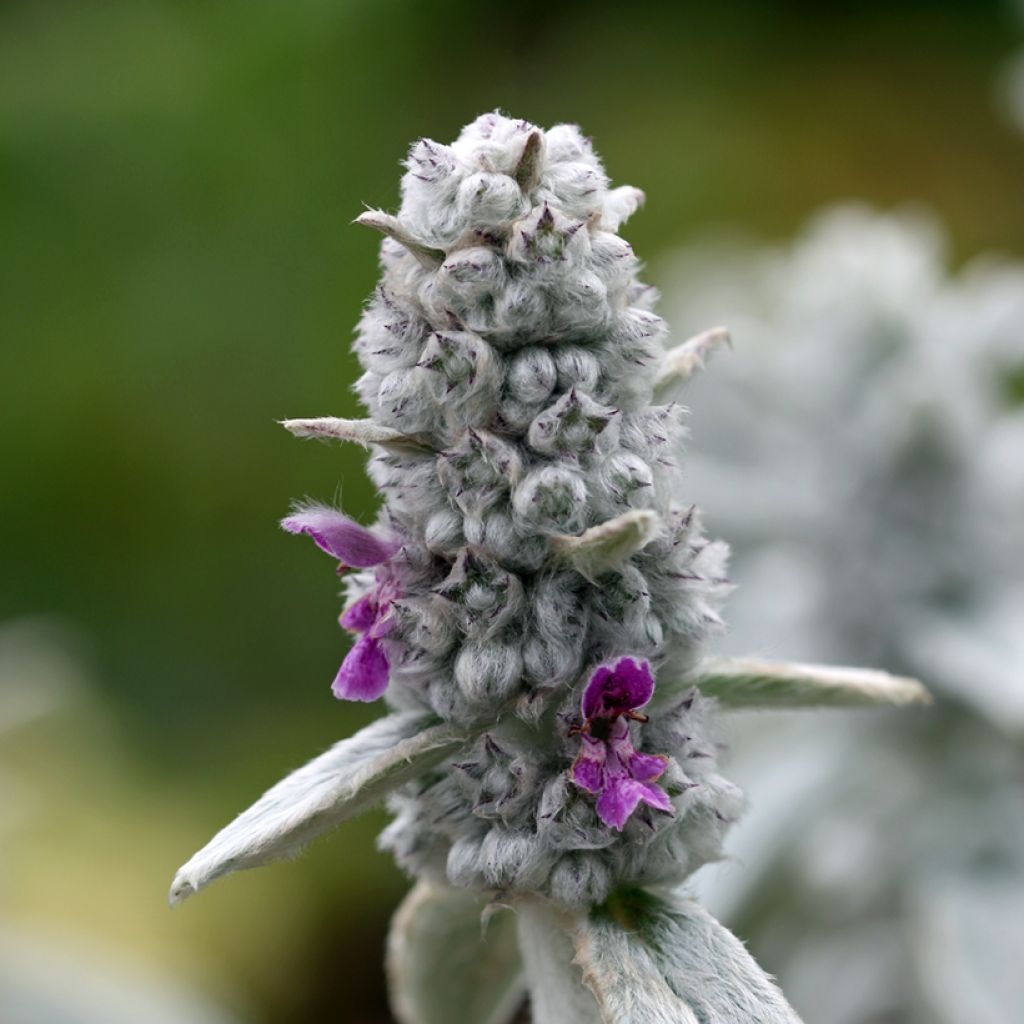

Stachys byzantina Silver Carpet - Oreille d'ours
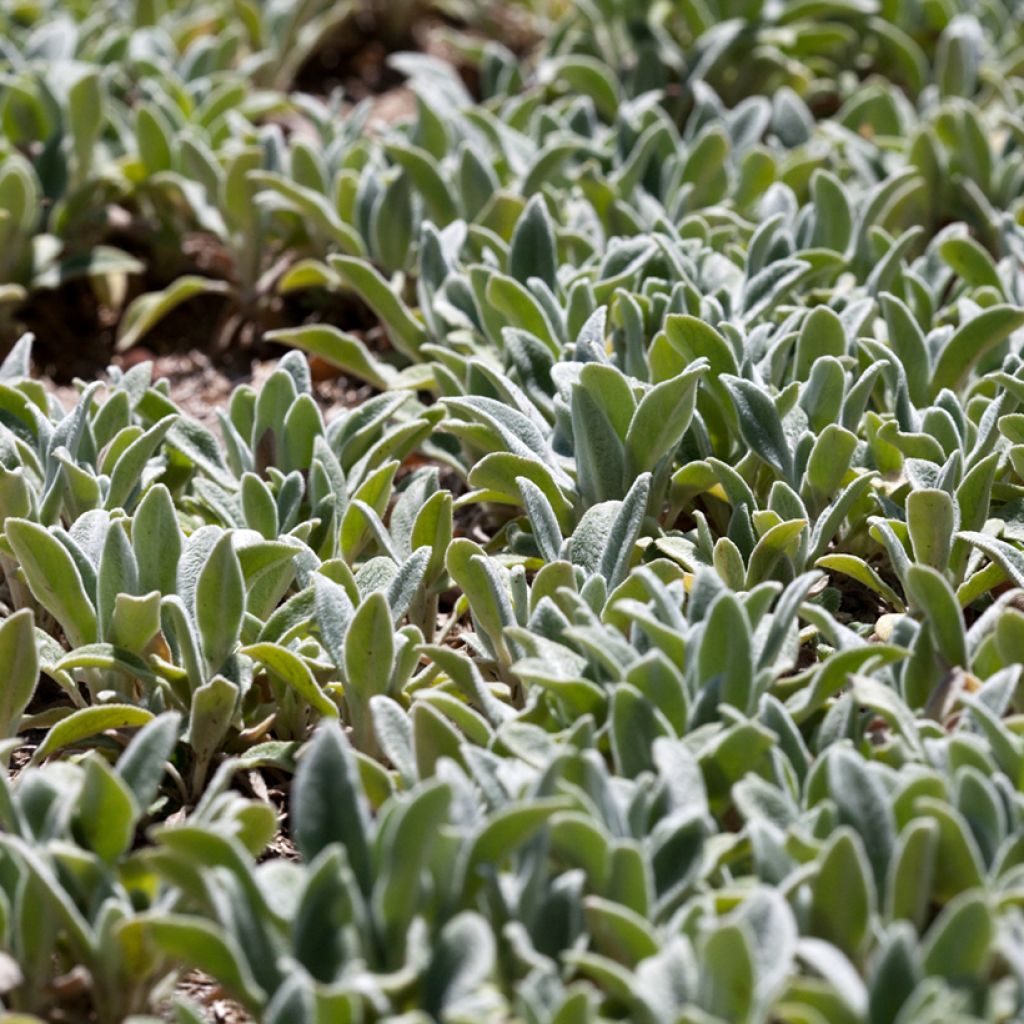

Stachys byzantina Silver Carpet - Oreille d'ours
Stachys byzantina Silver Carpet
Stachys byzantina Silver Carpet
Lamb's Ear, Bear's Ear, Wooly Betony, Bunnies' Ears, Mouse Ear, Rabbit Ear, Woolly Woundwort, Cat's Ear, Lamb's Tongue, Lamb's Wool
Why not try an alternative variety in stock?
View all →This plant carries a 12 months recovery warranty
More information
We guarantee the quality of our plants for a full growing cycle, and will replace at our expense any plant that fails to recover under normal climatic and planting conditions.
From €7.90 for pickup delivery and €6.90 for home delivery
Express home delivery from €8.90.
Does this plant fit my garden?
Set up your Plantfit profile →
Description
Stachys byzantina Silver Carpet is also known as "rabbit's ears" because of its lanceolate, woolly silver-grey leaves which are very soft to the touch. This cultivar has particularly silver foliage and is interesting because it very rarely flowers, so its astonishing foliage remains tidy throughout the year. It is very interesting in architectural and contemporary gardens and easy to grow in the sun in a rock garden, on a slope or at the edge of a bed, where it forms beautiful evergreen, drought-resistant colonies.
Stachys byzantina (synonym: Stachys lanata) is a plant of the lamiaceae family, just like sage, thyme, and rosemary. This perennial plant with trailing rhizomes is native to chalky meadows in Eurasia, from Iran to Turkey, Armenia, and Azerbaijan. It likes well-drained, but preferably loose and deep soil and it is very cold-resistant and well-adapted to summer drought. 'Silver Carpet' has very silver foliage and rarely flowers. Its fast-growing trailing crown produces basal rosettes of long oval leaves, 15-20 cm (6-8in) long and 4 cm (2in) wide, with wavy margins, completely covered with very soft, woolly bristles. The foliage reaches up to 20-25 cm (8-10in) high. When it rains, the green surface reappears under this grey down. The drier the soil, the whiter the foliage will appear.
Stachys byzantina Silver Carpet is perfect in a dry garden or a rock garden. It is ornamental throughout the year and forms superb velvety carpets. It can be planted en masse along a pathway or used for contrast in a contemporary garden or an architectural garden with ornamental Allium bulbs, Eryngiums, Sedums, Stipa tenuifolia, Achilleas, or Euphorbias. It only needs properly drained soil and sunlight.
Foliage
Plant habit
Botanical data
Stachys
byzantina
Silver Carpet
Lamiaceae
Lamb's Ear, Bear's Ear, Wooly Betony, Bunnies' Ears, Mouse Ear, Rabbit Ear, Woolly Woundwort, Cat's Ear, Lamb's Tongue, Lamb's Wool
Cultivar or hybrid
Other Stachys
View all →Planting and care
Plant Stachys byzantina Silver Carpet in full sun in loose, deep, poor and well-drained soil. Avoid heavy soils, waterlogged in winter, which can reduce its hardiness and cause root rot. It tolerates limestone in the soil and dry summers once it is well established. If it flowers, prune the faded flowers to prevent the plant from becoming bare and to encourage it to produce young, ornamental foliage. This ground cover requires no other maintenance.
Planting period
Intended location
Care
Planting & care advice
This item has not been reviewed yet - be the first to leave a review about it.
Summer flowering perennials
Haven't found what you were looking for?
Hardiness is the lowest winter temperature a plant can endure without suffering serious damage or even dying. However, hardiness is affected by location (a sheltered area, such as a patio), protection (winter cover) and soil type (hardiness is improved by well-drained soil).

Photo Sharing Terms & Conditions
In order to encourage gardeners to interact and share their experiences, Promesse de fleurs offers various media enabling content to be uploaded onto its Site - in particular via the ‘Photo sharing’ module.
The User agrees to refrain from:
- Posting any content that is illegal, prejudicial, insulting, racist, inciteful to hatred, revisionist, contrary to public decency, that infringes on privacy or on the privacy rights of third parties, in particular the publicity rights of persons and goods, intellectual property rights, or the right to privacy.
- Submitting content on behalf of a third party;
- Impersonate the identity of a third party and/or publish any personal information about a third party;
In general, the User undertakes to refrain from any unethical behaviour.
All Content (in particular text, comments, files, images, photos, videos, creative works, etc.), which may be subject to property or intellectual property rights, image or other private rights, shall remain the property of the User, subject to the limited rights granted by the terms of the licence granted by Promesse de fleurs as stated below. Users are at liberty to publish or not to publish such Content on the Site, notably via the ‘Photo Sharing’ facility, and accept that this Content shall be made public and freely accessible, notably on the Internet.
Users further acknowledge, undertake to have ,and guarantee that they hold all necessary rights and permissions to publish such material on the Site, in particular with regard to the legislation in force pertaining to any privacy, property, intellectual property, image, or contractual rights, or rights of any other nature. By publishing such Content on the Site, Users acknowledge accepting full liability as publishers of the Content within the meaning of the law, and grant Promesse de fleurs, free of charge, an inclusive, worldwide licence for the said Content for the entire duration of its publication, including all reproduction, representation, up/downloading, displaying, performing, transmission, and storage rights.
Users also grant permission for their name to be linked to the Content and accept that this link may not always be made available.
By engaging in posting material, Users consent to their Content becoming automatically accessible on the Internet, in particular on other sites and/or blogs and/or web pages of the Promesse de fleurs site, including in particular social pages and the Promesse de fleurs catalogue.
Users may secure the removal of entrusted content free of charge by issuing a simple request via our contact form.

































